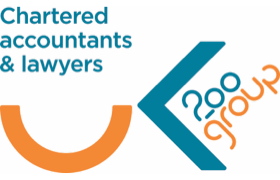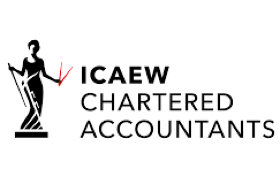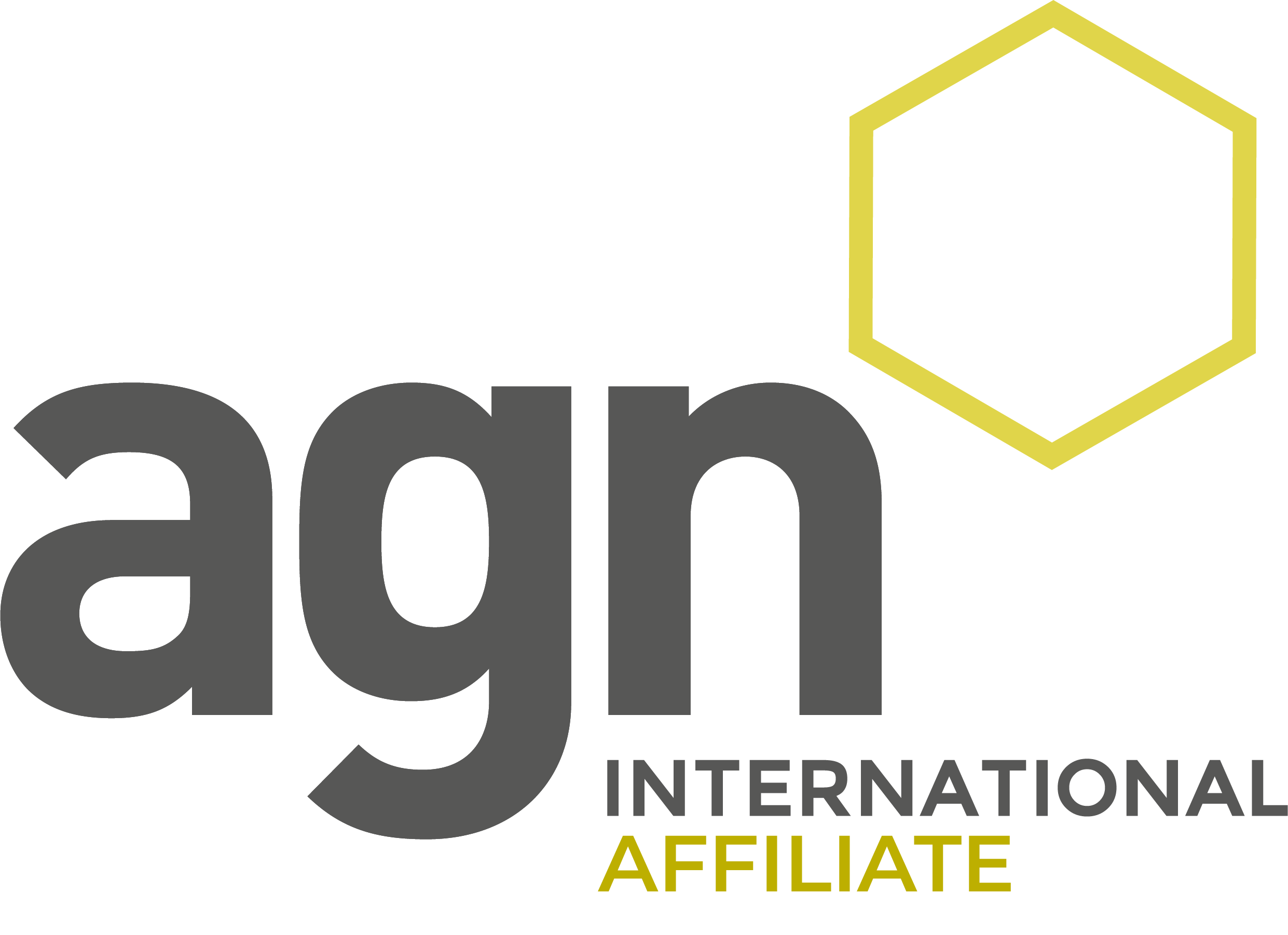Things you need to know about for the 2025/2026 Payroll Year
- 18th March 2025
Below we highlight all the important information you need to know about the 2025/2026 Payroll Year.
Minimum wages rates
From 1st April, 2025 the new minimum wage rates are as follows:
Category of worker |
Hourly Rate |
Aged 21 and over (National Living Wage Rate) |
£12.21 |
Aged 18 to 20 inclusive |
£10.00 |
Aged 16 to 17 inclusive |
£7.55 |
Apprentice Rate Year 1 |
£7.55 |
Don’t get caught out with the Accommodation Offset rule!
The offset amount will increase to £10.66 per day.
Tax codes & National Insurance
There is no change to the free pay allowance for tax codes for the 2025/2026 tax year. The Emergency tax code remains 1257L W1/M1. Employee’s National Insurance remains at a rate of 8% in the new tax year. However, Employer’s National Insurance is increasing to 15%. The secondary threshold, which is the level employers start to pay National Insurance, is reducing from £758 to £417 per month, so Employer National Insurance costs will rise.
Employment Allowance — are you now eligible?
The Employment Allowance for the 2025/2026 Tax Year will increase to £10,500 from £5,000. All eligible businesses and charities will be able to claim this now irrespective of the £100,000 cap. HMRC has removed the £100,000 eligibility criterion. Please note though, if you are a group of companies, only one can claim.
Small Employer’s Relief increased
Employers who paid less than £45,000 in Class 1 National Insurance in the last tax year qualify to claim 100% of applicable statutory payments plus an additional 8.5% (including statutory maternity, paternity, adoption, shared parental, bereavement and neonatal care pay).
Statutory Payments
Statutory Sick Pay— increased to £118.84 per week from 6th April 2025.
Statutory Maternity, Paternity, Adoption, Shared Parental, Parental Bereavement Pay — increased to £187.16 per week from 6th April 2025.
There is a new type of leave, Statutory Neonatal Care Leave and pay for eligible employees. HMRC is due to release more details soon.
Automatic Enrolment
There is no change to the minimum Pension Percentages.
The 2025/26 Annual Thresholds:
- The Automatic Enrolment earnings trigger will remain at £10,000,
- The lower earnings limit of the qualifying earnings band will remain at £6,240,
- The upper earnings limit of the qualifying earnings band will remain at £50,270.
The statutory minimum workplace pension contributions will be based on earnings over £6,240.
Apprentice Levy
Apprenticeship Levy and Apprenticeship Allowance was introduced in the 2017/2018 Tax Year for all companies. You will pay the Levy if your total pay bill exceeds £3 million per tax year, prorated on a monthly basis.
If you operate multiple PAYE schemes the Apprentice Levy Allowance can be split across multiple companies within the same PAYE scheme or group, but the maximum allowance cannot exceed £15,000 for all companies.
Further information can be found here.
Payrolling Benefits
From April 2026, it will become mandatory for benefits in kind to be included as part of the payroll process. The P11D will become obsolete. If your company is interested in payrolling benefits for the first time during the 2025/2026 tax year, you will need to register with HMRC before the start of the tax year. If you do register, please notify us or your payroll provider of your decision and provide the relevant information to enter through the payroll from April 2025.
Paying Employer’s HMRC Tax and NI liabilities
Did you know HMRC introduced a recurring variable Direct Debit payment plan for PAYE? The variable Direct Debit lets you pay your balance on time each month. The value of your Direct Debit will be based on the Full Payment Submission we submit on your behalf each month. You will not have to check whether HMRC has received your payment for your latest PAYE return charges, and it will make sure that your payments are allocated correctly through automatically including your payment references.
How to set up the variable Direct Debit for PAYE
You can set up a Direct Debit directly through your HMRC online service account. You will need PAYE enrolment to do this.
Once you have set up the Direct Debit successfully, you will receive an on-screen confirmation that your Direct Debit instruction has been received, and the date from which HMRC will collect payments. The ‘Set up a Direct Debit’ link will then enable you to view, amend or if necessary, cancel the Direct Debit.
At least three working days before the collection date, you will receive a secure notification to your verified email address which confirms the amount HMRC will collect and when.
Key Dates
19th April |
Year End completed and reports issued |
31st May |
Issue P60s to employees |
5th July |
Submit P11D to the HMRC (usually 6th but this falls on a weekend) |
22nd July |
Deadline for payment of class 1A NICS (P11D) made electronically |
If you would like to discuss any of the above in further detail, please do not hesitate to contact us.
All data and figures referred to in our news section are correct at the date of publishing and should not be relied upon as still current.



